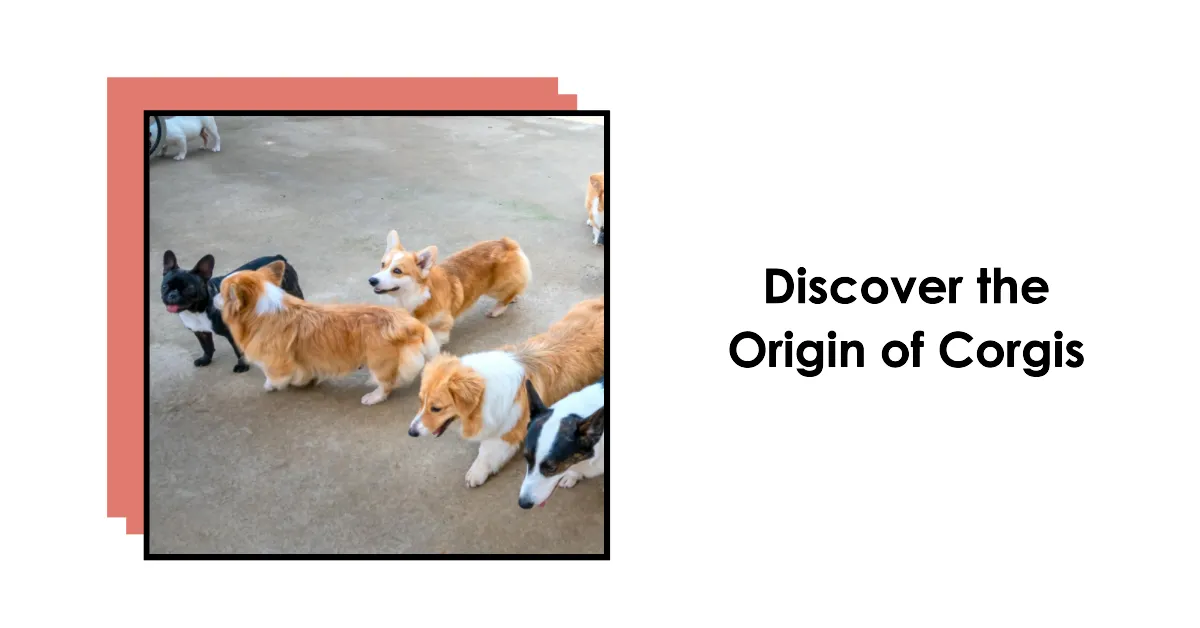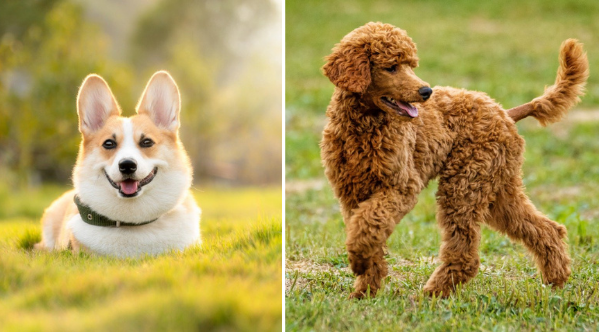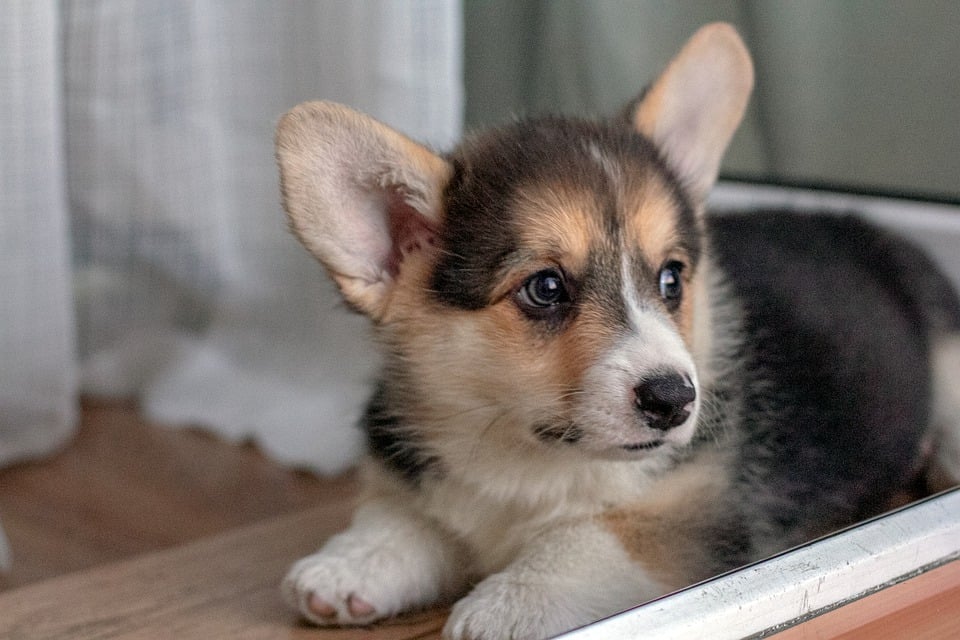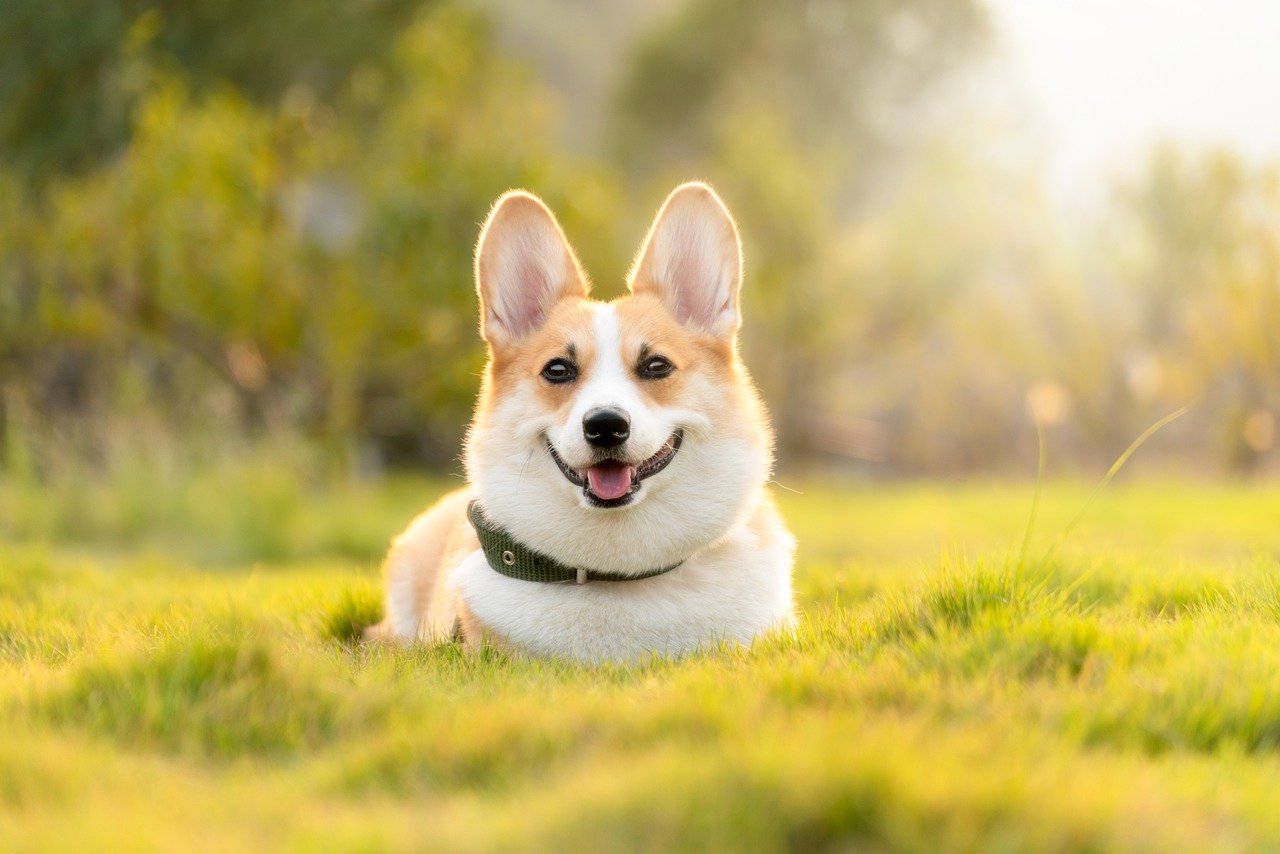Understanding Your Corgis Body Language

Hey there! Did you know that dogs, including our beloved corgis, communicate mainly through body language? It's true! Understanding your corgi's body language is not only fascinating but also crucial for their well-being and safety. By paying attention to their signals, you can better understand how they're feeling and avoid any potential misunderstandings.
In this guide, we'll dive into the world of corgi body language, exploring everything from facial expressions to tail wagging to vocalizations. We'll decode their ear movements and decipher their body posture and positioning. You'll also learn about common misinterpretations that can lead to confusion.
So, whether you're a seasoned corgi owner or a new admirer of these adorable pups, get ready to become a pro at understanding your corgi's body language. Let's embark on this exciting journey together!
The Importance of Corgi Body Language
Understanding the importance of your Corgi's body language is crucial for effective communication and building a strong bond with your furry companion. Corgis, with their adorable little bodies and expressive faces, have a language all their own. By recognizing signs of stress in their body language, you can ensure their safety and well-being.
Keep an eye out for flattened ears, a tucked tail, or a furrowed brow - these are all signs that your Corgi may be feeling anxious or uncomfortable. On the other hand, understanding your Corgi's body language cues can also help strengthen your bond. When they wag their tail, lean into you, or make eye contact, it's their way of saying 'I trust you'.
Paying attention to their body language won't only keep them safe but also help you become the best Corgi parent you can be.
Understanding Corgi Facial Expressions
So, you've mastered the art of deciphering your Corgi's body language, but what about their facial expressions? Don't worry, we've got you covered!
Understanding your Corgi's eye movements can give you insight into their emotions, while interpreting their mouth expressions can help you gauge their mood.
Let's take a closer look at these key indicators of your furry friend's state of mind.
Reading Corgi Eye Movements
To understand your Corgi's facial expressions, pay attention to the movements of their eyes. Their eyes can reveal a lot about their emotions and intentions. Here are some key things to look out for:
- Corgi Eye Contact: When your Corgi maintains direct eye contact with you, it shows trust and a desire for connection. It's a sign that they feel safe and secure in your presence.
- Corgi Blinking: Pay attention to how often your Corgi blinks. Rapid blinking or avoiding eye contact may indicate anxiety or discomfort. On the other hand, slow blinks are a sign of relaxation and contentment.
Understanding these eye movements can help you better communicate with your Corgi and ensure their safety and well-being. Remember to observe their eyes in different situations to get a better understanding of their emotions and needs.
Interpreting Corgi Mouth Expressions
Pay close attention to your Corgi's mouth expressions as they can provide valuable insights into their emotions and communication. When it comes to understanding your furry friend, noticing signs like drooling and lip licking can give you important clues about what they're feeling.
If you see your Corgi drooling excessively, it might indicate that they're anxious or stressed. This could be due to a new environment, loud noises, or unfamiliar people or animals.
On the other hand, lip licking can be a sign of discomfort or submission. Your Corgi may be trying to communicate that they're feeling uneasy or trying to appease a dominant figure.
Decoding Corgi Tail Wagging and Position
So, you've mastered understanding your Corgi's facial expressions, but what about their tail wagging? Well, get ready to decode their wagging and position because it's a whole new world of body language signals!
Corgis use their tails to communicate a range of emotions, from happiness to caution. By paying attention to the way their tail moves and the position it's in, you can gain valuable insight into what your furry friend is trying to tell you.
Tail Wagging Meanings
Have you ever wondered what your Corgi's tail wagging really means? Well, understanding corgi tail wagging behavior is key to decoding their messages.
So, let's dive in and interpret the meaning behind different tail positions in corgis.
- A high, fast wag: This typically indicates excitement and happiness. Your Corgi is thrilled to see you or engage in playtime. It's a good sign!
- A slow, low wag: This can mean your Corgi is feeling uncertain or cautious. Approach with care and provide reassurance to help them feel more at ease.
- A tucked tail: When your Corgi tucks their tail between their legs, it often signifies fear or anxiety. It's essential to create a safe and comforting environment for them.
Understanding your Corgi's tail wagging is crucial for maintaining their well-being and ensuring a positive interaction. By paying attention to their body language, you can respond appropriately and keep them safe.
Body Language Signals
What can you learn from your Corgi's tail wagging and position? Well, let's dive into the world of corgi body language signals and understand their behavior a little better.
When it comes to tail wagging, it's not just about happiness. A high and wagging tail usually means your corgi is excited and happy to see you. But a low and slow wag might indicate caution or even fear.
Pay attention to the position of their tail as well. A raised tail is a sign of confidence, while a tucked tail suggests fear or submission.
Interpreting Corgi Ear Movements
Pay attention to the different positions and movements of your Corgi's ears to better understand their mood and communication. Corgis have a unique way of expressing themselves through their ears, so it's important to pay close attention.
Here are some key things to look out for:
- Forward and upright ears: This usually indicates that your Corgi is alert and focused. They may be interested in something or someone nearby.
- Ears pinned back: When your Corgi's ears are pressed against their head, it can be a sign of fear or anxiety. They may be feeling threatened or uncomfortable in their current situation.
- One ear up, one ear down: This asymmetrical ear position can indicate confusion or uncertainty. Your Corgi may be trying to process information or figure something out.
Understanding these ear positions can help you better communicate with your Corgi and ensure their safety and well-being. Remember to always approach them calmly and gently if you notice any signs of distress.
Corgi Body Posture and Positioning
When observing your Corgi, take note of their body posture and positioning as it can provide valuable insights into their emotions and intentions. Understanding your Corgi's body language is crucial for building a strong bond and ensuring their safety.
Pay attention to how they hold themselves and the positions they assume. For example, a relaxed and loose posture indicates that your Corgi is comfortable and content. On the other hand, a stiff and tense body posture may suggest that they're feeling anxious or threatened.
Additionally, the positioning of their body can also convey important messages. If your Corgi is standing tall with their tail up, they're likely feeling confident and alert. On the contrary, a lowered or tucked tail may indicate fear or submission.
Corgi Vocalizations and What They Mean
To further understand your Corgi's emotions and intentions, it's important to pay attention to their vocalizations and what they mean. Just like humans, dogs use their voices to communicate with us. Here are some common vocalizations you might hear from your Corgi and what they could be trying to tell you:
- Corgi Barking: Barking is a natural way for dogs to express themselves. It can mean different things depending on the situation. Your Corgi might bark to alert you of something or to get your attention. They could also be barking out of excitement, fear, or even boredom. Pay attention to the tone and intensity of their barking to better understand their message.
- Corgi Growling: Growling is often a sign of discomfort or aggression. It's their way of warning you or others to back off. If your Corgi is growling, it's important to assess the situation and try to identify the cause of their discomfort. It could be a sign that they feel threatened or stressed.
Common Misinterpretations of Corgi Body Language
Understanding the body language of your Corgi is crucial for effective communication, and it's common to misinterpret their signals. When it comes to recognizing corgi anxiety cues, it's important not to dismiss them as mere quirks. If your Corgi starts panting excessively, pacing back and forth, or has a lowered tail, these are all signs of anxiety. It's essential to provide a safe and calm environment for your furry friend when they display these cues.
During playtime, it's easy to misinterpret your Corgi's body language. Sometimes, they may bark, growl, or bare their teeth during play, which can be mistaken for aggression. However, these behaviors are often just part of their natural play style. If your Corgi's body remains loose and wiggly, their tail is wagging, and they frequently initiate play by bowing, then they're likely just having a good time. It's crucial to observe the overall context of their behavior to accurately interpret their intentions.
Frequently Asked Questions
Are All Corgis' Body Language the Same, or Do They Have Individual Variations?
Corgis' body language can have individual variations, just like people. Understanding your corgi's unique cues is important for their safety and well-being. Pay attention to their signals and you'll communicate better with your furry friend.
Can Corgis Use Their Body Language to Communicate With Other Dog Breeds?
Yes, corgis can use their body language to communicate with other dog breeds. It's fascinating how they interact and understand crossbreed communication. Pay attention to their signals to ensure safe and positive interactions.
How Can I Tell if My Corgi Is Feeling Anxious or Stressed Through Their Body Language?
You can tell if your corgi is feeling anxious or stressed by paying attention to their body language. Look for signs like tucked tail, lowered ears, and panting. Understanding their body language is key to communicating with them effectively.
What Are Some Common Body Language Signals That Indicate a Corgi Is Feeling Comfortable and Relaxed?
When your corgi is feeling comfortable and relaxed, they may show signals like a loose body posture, wagging tail, and relaxed facial expressions. Understanding your corgi's body language is important for training purposes and social interactions.
Are There Any Specific Body Language Cues That Corgis Use to Initiate Play or Express Excitement?
When your corgi wants to play or is super excited, they'll show it through their body language. Look for wagging tail, bouncing or pouncing movements, and a playful expression on their face. Get ready for some fun!











